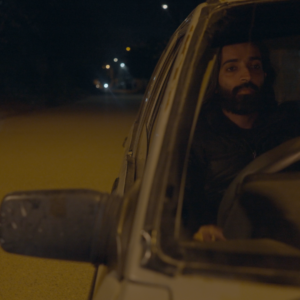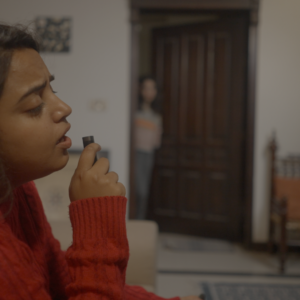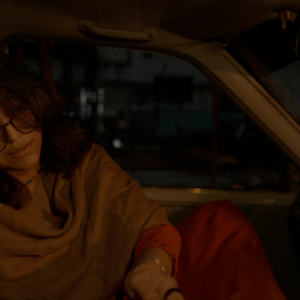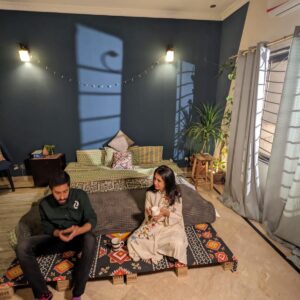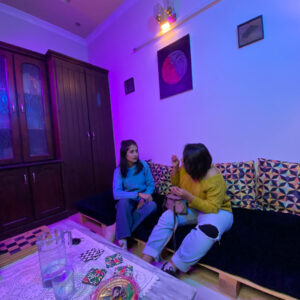Synopsis:
Khyali Pulao is a story of an unexpected friendship that forms between three distinct women: Mona, Noor and Lal Beghum. The three women are embroiled in a crisis driven by the impulsive and unpredictable choices of a smalltime fake-it-till-you-make-it property dealer, Saifi.
Saifi, whose childhood was spent moving from one rental house to another, and Noor who is an aspiring dancer are recently married. Saifi’s friend Mona is moving to Islamabad and Saifi offers to find her an apartment – but he loses the money she has paid him for her lease. But that is not all he has lost. Enter: Khawar.
Khawar is Saifi’s professional associate. They begin working on a mysterious big shot’s housing society when Saifi is revealed to have done some corruption in order to get the big shot’s attention. The big shot, to Khawar’s shock, is impressed by Saifi’s confidence and determination to make money. Mr. Big Shot offers a bigger piece of the cake to Saifi directly – invoking Khawar’s insecurity of being sidelined. Khawar then takes it upon himself to play both sides of the field and ruin the new deal between Saifi and the big shot. Saifi, who has no clue Khawar is behind the biggest financial crisis of his life, runs away to buy himself time, thinking he has messed up things with the big shot. Khawar then hires an independent fixer who is tasked with finding Saifi and potentially killing him. Enter: Lal Beghum.
We can’t say a lot about Lal Beghum’s past at the moment. Only this, that through a very rare chance encounter, Lal Beghum ends up helping two women who are in great distress: Noor and Mona. The two friends are taken aback by Lal’s demeanour and personality and offer her their friendship in return. Just when Lal Beghum is considering accepting their offer, she realises Noor is the wife of the same Saifi she is tasked with… well, you know.
Producer’s Note
I see so many beautifully diverse women with their own stories to tell around me. For the longest time, the subcontinet’s traditional media has portrayed female characters as two-dimentional in their repetitive narratives around marriage and motherhood. As society evolves, the narratives around womanhood and the different shades of femininity need to be explored too. It is so important to tell stories that empower women and their space in society and the world. This story is just a step towards that, and it is truly very close to my heart.

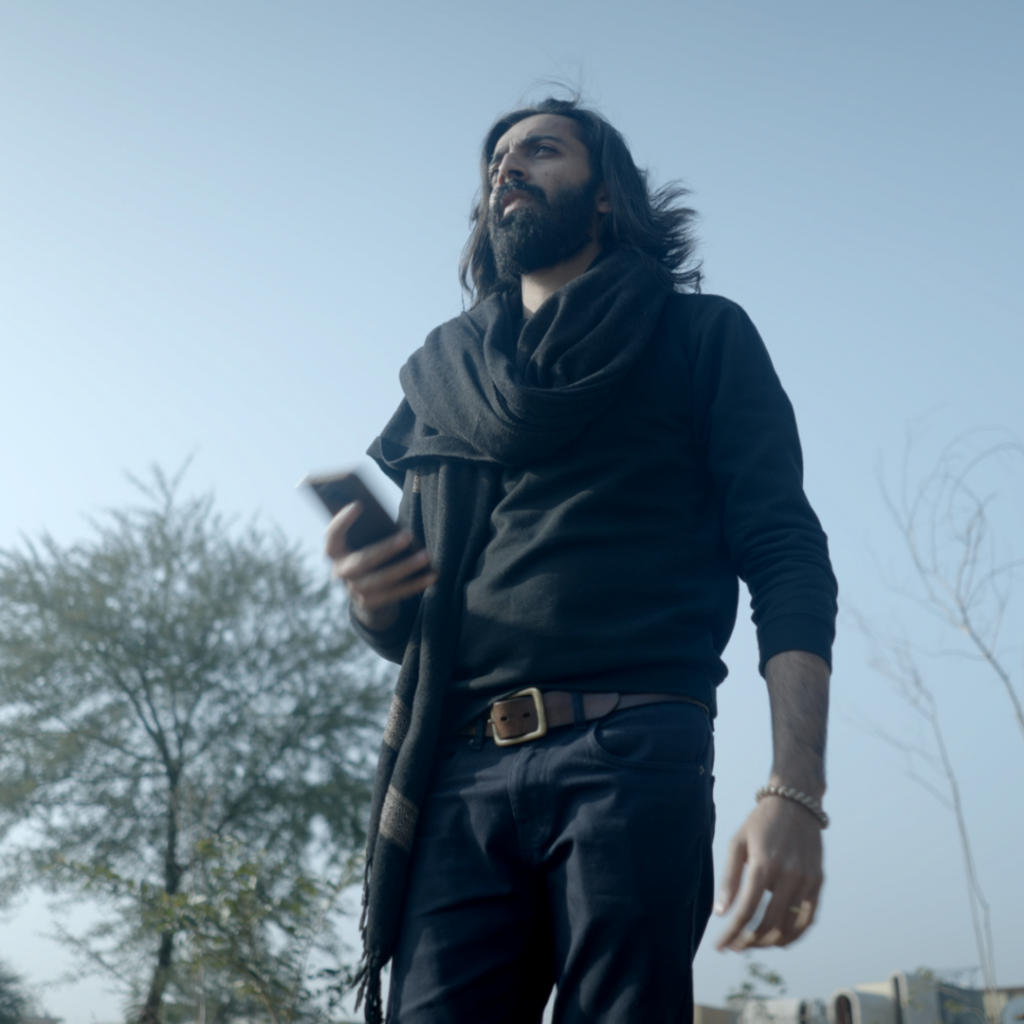
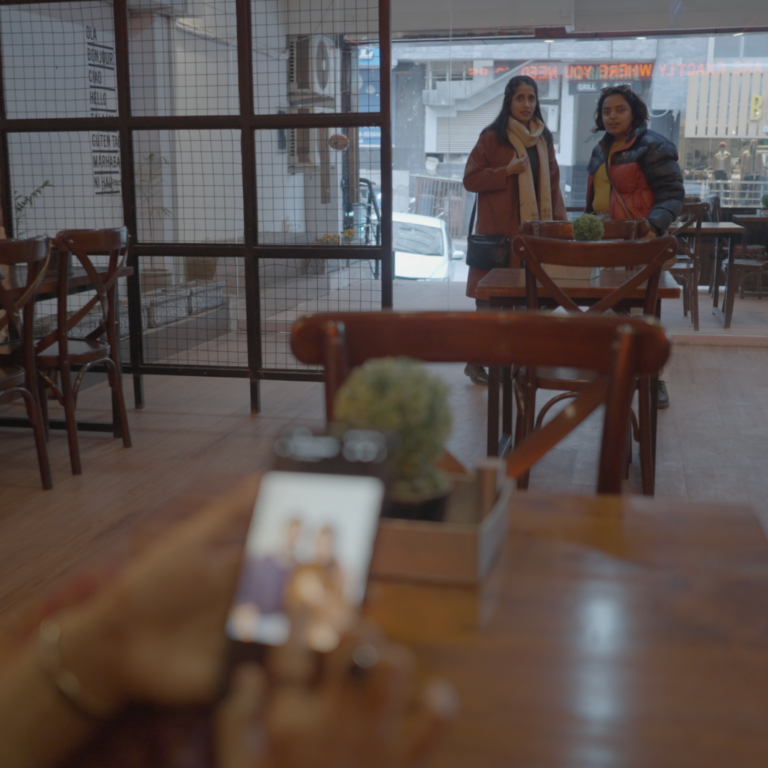
Character Profiles











